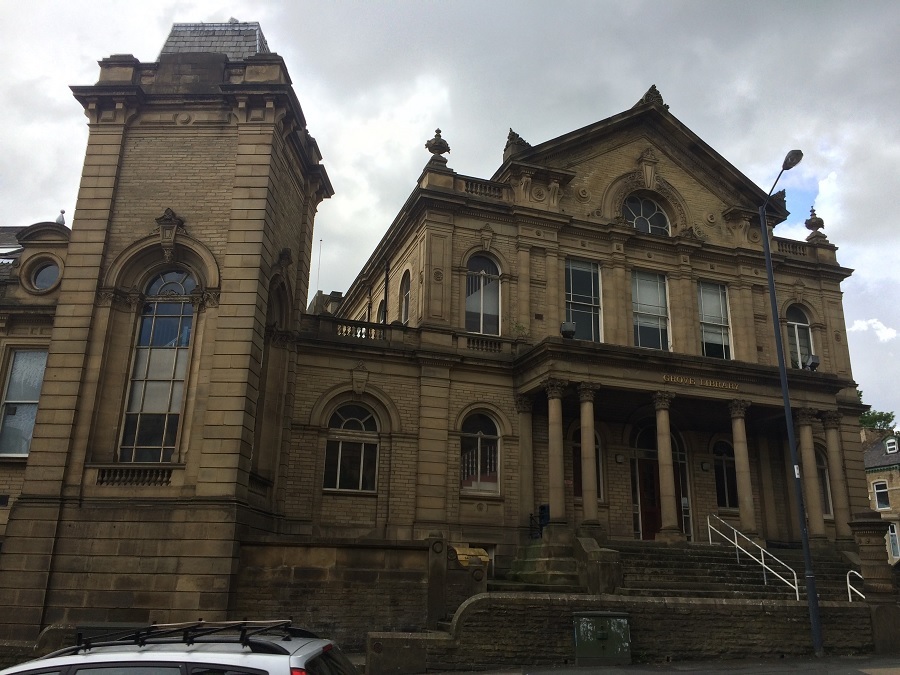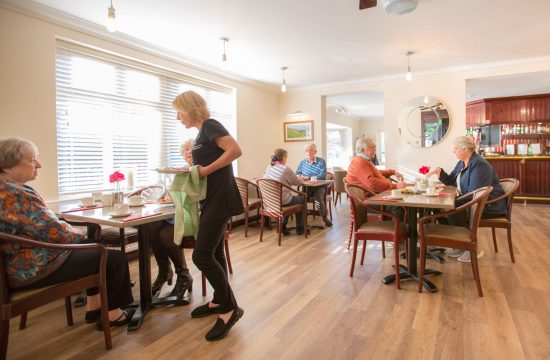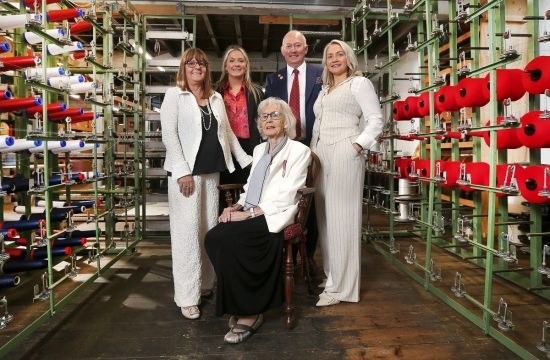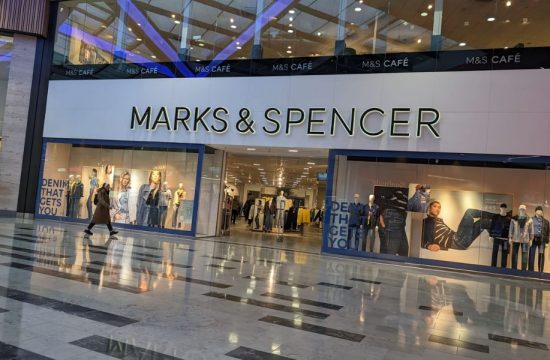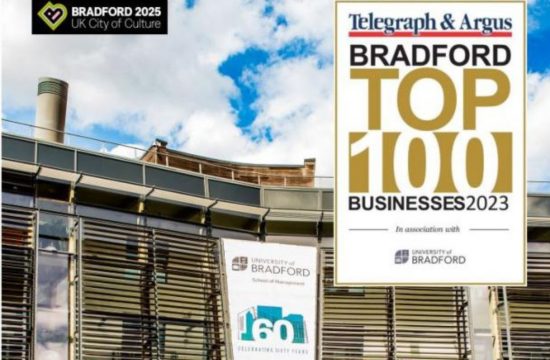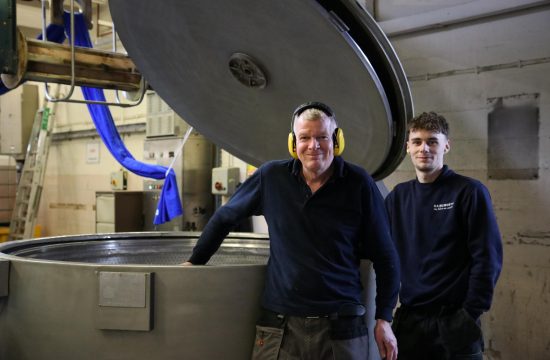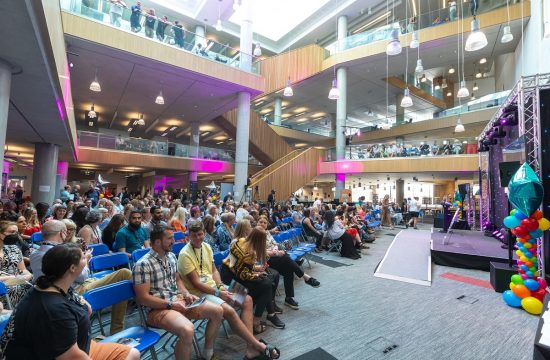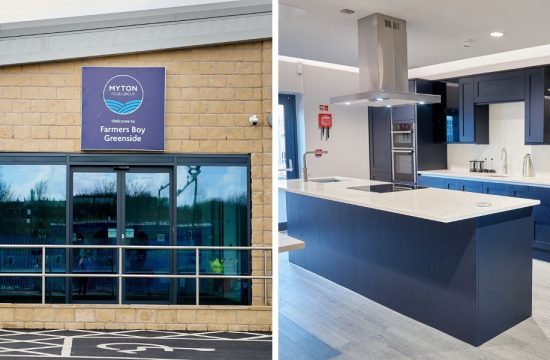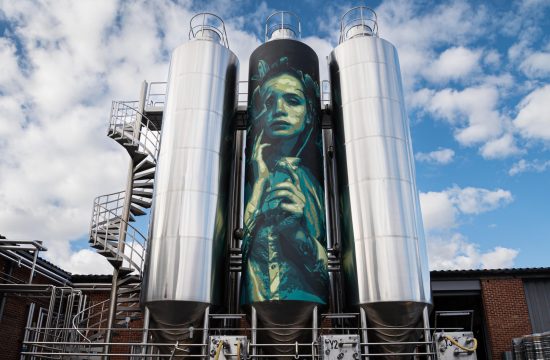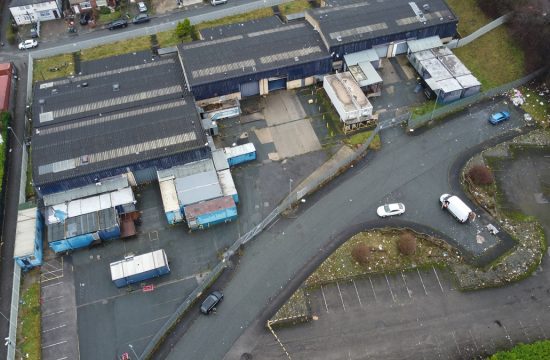PLANS to turn the former art school where David Hockney learned his craft into a restaurant have been refused.
The empty Grove Library most recently belonged to Bradford College – but before then it was the Bradford Regional College of Art, which produced the acclaimed group of artists known as the Bradford Mafia.
The Grade II listed building, which is also in the Little Horton Lane Conservation Area, was recently purchased by the LaLas restaurant chain, and a planning application to change its use to a restaurant, conference facility and sky lounge cafe were submitted to Bradford Council earlier this Summer.
That application has now been refused, with planning officers raising concerns about parking for the new restaurant and the lack of information on what changes would be made to the building. According to the application, the restaurant would create 15 full time and 22 part time jobs and create a “fine dining” experience that will add to Bradford’s Curry Capital status.
The plans said there would be 22 parking spaces at the site.
Developer says redevelopment of iconic building could be ‘turning point for the future of Bradford’
However, Highways officers at the Council said: “There is clearly a shortfall in off street parking on this site and there is no information submitted setting out available car parking and explanation of how a business of this scale will cope with a shortfall in off street parking.”
Conservation Officer at the Council Jon Ackroyd claimed the application did not contain enough information on how the listed building would be converted into a restaurant while still protecting its features. He said: “The submitted statement is generic and provides very sparse assessment of the significance of the various elements of the interior and exterior of the building.
“It fails to evaluate the impacts of the proposals.
“The documents suggest little change is required but this broad assumption is questioned.
“New kitchen facilities will require extraction and ventilation, none of which is indicated and which will most likely have implications for the structure and appearance of the building.
“The need for a new use for this important building is acknowledged but the lack of assessment of significance and lack of detailed information on changes which could affect significance is unacceptable.”
Refusing the application, planning officers said: “The former library building is a prominent and imposing feature within this locality. The exterior is of a high architectural merit which has seemingly been subject to minimal interference despite the building’s age.
“The level of information provided is inadequate to establish that the proposal will not compromise the architectural fabric or historical significance of the heritage asset.”
On the highways issues they added: “It is considered that the proposed mix of uses is likely to result in a significant increase in demand, and little information has been provided to demonstrate how the uses will work alongside each other and it is not unreasonable to assume that a number of the uses will be in operation at the same time each generating their own demand.”
Officers also listed the lack of detail of how cooking odours would be dispersed as a reason for refusal.
The applicants are understood to be looking at their options for the building.



